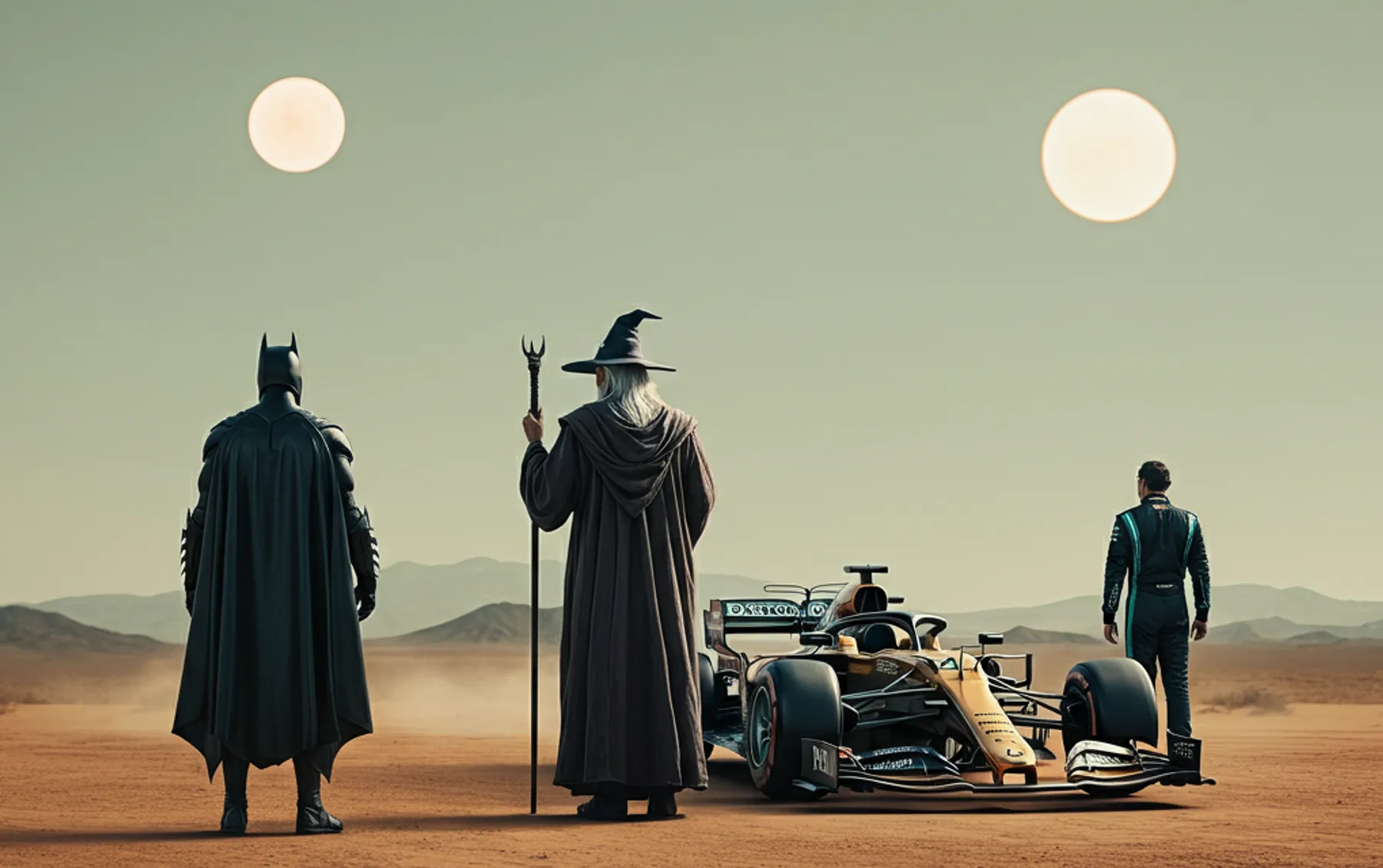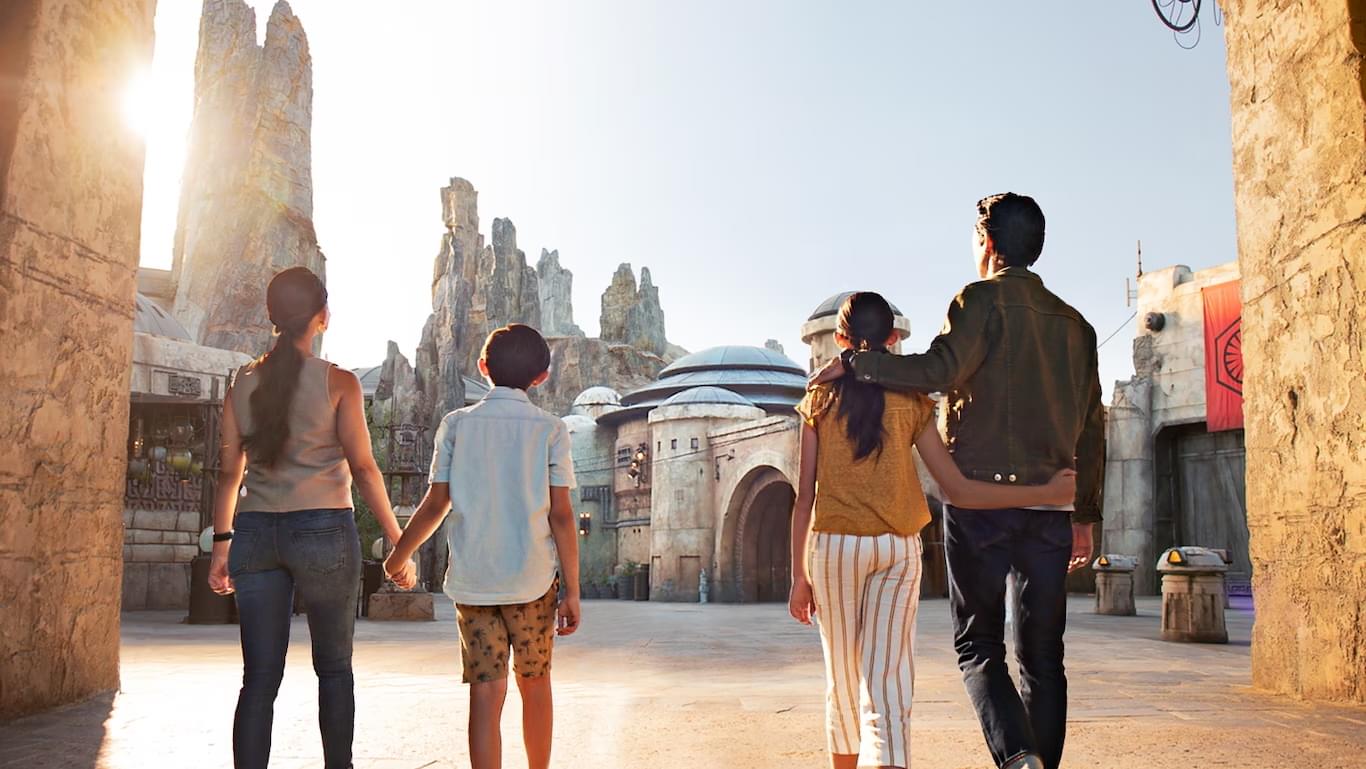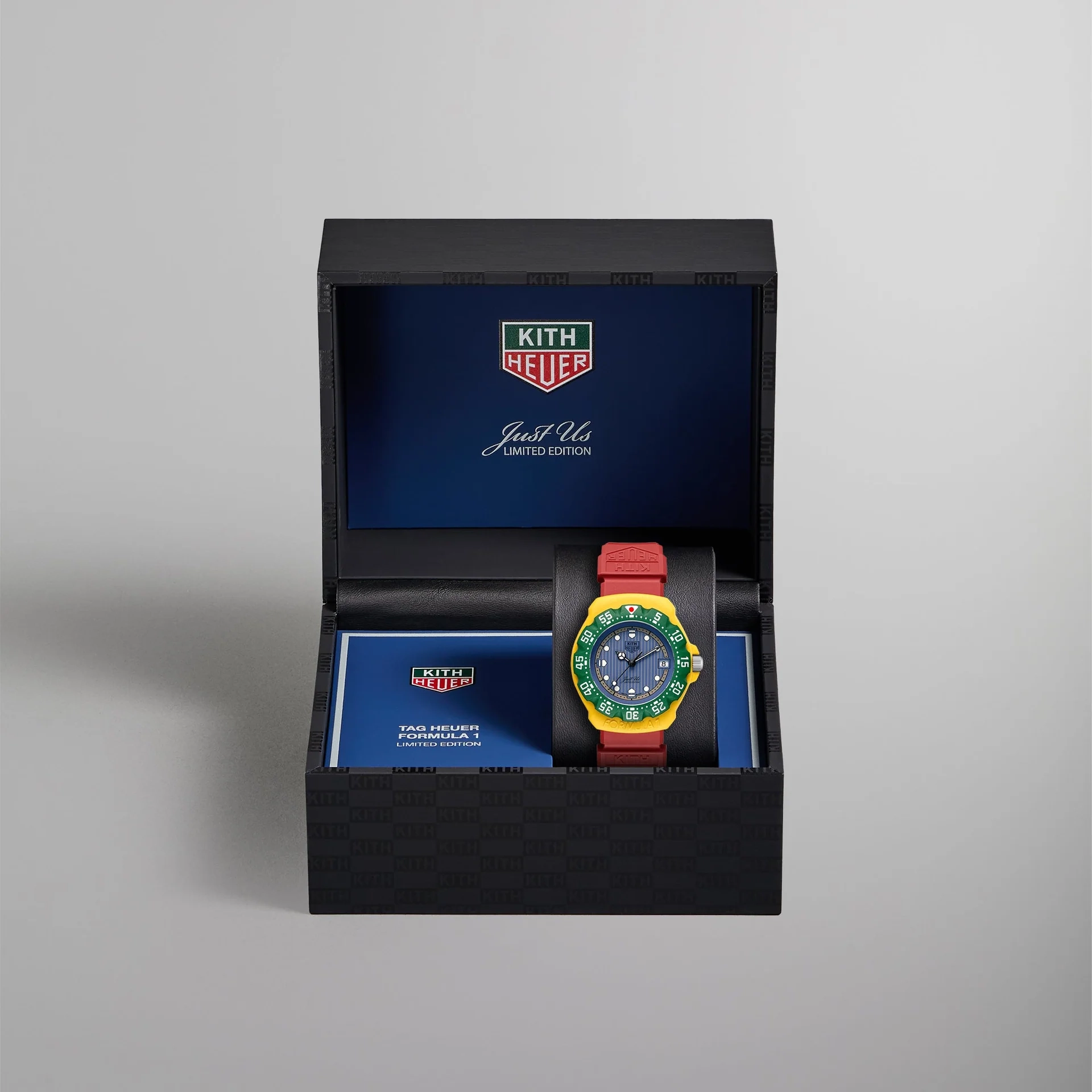How Creativity is Shaping the Licensing Industry

TLDR: The future of licensing lies in creativity. Turning brands into experiences, not just products. To stay relevant, the industry must value the creatives making it all possible.""
The licensing industry thrives on creativity.
From beloved character franchises to iconic institutions, creative work plays a crucial role in shaping how brands extend their reach. Strong visuals, compelling storytelling, and innovative product adaptation transform licensed goods from simple merchandise into cultural phenomena.
Where once a simple logo slap on a T-shirt was enough, today’s brands must engage audiences through dynamic storytelling, immersive experiences, and unexpected collaborations.
In Licensing International’s 88 pages of 2024’s Global Licensing Industry Study the word “creative” appears twice, and “design” or “designer” is mentioned six times; licence and licensing on the other hand, appear almost 700 times.
Well-designed and well-researched licensed products and experiences are a key differentiator in today’s marketplace. So with creativity at the heart of this billion-pound industry, one key question remains: Are creatives getting the recognition and influence they deserve?
Not Just Colouring In survey is back for a second year running, bringing creatives in the industry together and creating a force for change. Head here to find out more and to complete this year’s survey.
""
For effective extension, brands must embrace current shifts where static product licensing gives place to interactive ecosystems; traditional categories turn to fluid, cross-sector partnerships; and one-size-fits-all approaches evolve into local and culturally resonant licensing strategies.
None of this is possible without the power of your creative teams.
Imagining worlds beyond t-shirts and action figures by creating interactive ecosystems
Epic Games’ Fortnite is an example of how collaborations done right can start trickling down to become the norm. Almost since its inception, the battle royale game has partnered with entertainment giants such as DC to introduce characters into play. A lot has happened since, with Disney investing more than $1.5 billion into Epic Games and reportedly planning to create "a place where you can play games, a place where you can be social, [and] a place where users can generate their own content."

This is not Disney’s first (or second, or third) rodeo.
By acquiring Lucasfilm in 2012, Disney inherited a lucrative IP and a cultural mythology. Rather than relying solely on action figures and apparel, they expanded Star Wars into much more, including building a whole new world at Disneyland.
At Galaxy’s Edge in their California parks, guests can build their own lightsabers, step into the Star Wars universe, and become a Jedi for a day. And eat many Yoda shaped pancakes while at it.
Walt Disney Imagineering (WDI) and the Lucasfilm Story Group designed the project, led by Scott Trowbridge. They created Batuu, a new Outer Rim planet, from scratch, instead of using familiar locations like Tatooine or Hoth, to offer park guests a fresh, immersive experience.
A masterclass on storytelling and the apex of TV documentaries
This is not our first time writing about Formula 1, but its ability to transform itself through storytelling is worth another lap.
Put simply, by changing its positioning from racing series to entertainment brand, F1 unleashed a new licensing potential that appealed to a far broader audience than die-hard motorsport fans.
Lesson 1: There’s more drama behind the scenes than on the race track.
Despite not being the first (or the last) of its type, Netflix’s Drive to Survive was a game-changer. Launched in 2019, it’s as relevant now as it was then, picking up new fans along the way.
Lesson 2: Design is a powerful driver of commercial success.

Once seen as a niche, elite motorsport, F1 made a strategic pivot toward storytelling and cultural relevance.
Collaborations with streetwear brands like H&M and Kith, made F1 fashion-forward and attractive to much larger and younger audiences, plus cross-industry brand extensions, from esports leagues to luxury timepieces, reinforced F1’s lifestyle appeal.
So, what now?
Creativity in licensing is no longer optional.
To thrive in this new era, brands must commonly see these principles:
- Storytelling: Consumers want to feel like they’re part of a larger narrative. Licensing should tap into emotions, heritage, and fandoms in ways that go beyond traditional merchandising.
- Collaboration: The most successful licensing deals aren’t just transactions; they’re creative partnerships that elevate both brands involved.
- Experience: Simple, logo-based licensing will always have its place, but licensing must also engage consumers in multidimensional ways. Whether through digital extensions, in-person activations, or interactive media.
Brands that merely replicate old strategies risk stagnation, while those that embrace creativity will find themselves at the forefront of a new licensing renaissance.
For industry leaders, the challenge is clear: how can you move beyond the logo and into the realm of immersive, emotionally resonant brand extensions? The answer lies in embracing creativity as a whole by bringing in the creative teams to collaborate on the commercial side of the business. This is the key to raise the potential of your IP. Creative thinking and execution are not just good to have, they’re key drivers for business.
Not Just Colouring In survey is back for a second year running, bringing creatives in the industry together and creating a force for change. Head here to find out more and to complete this year’s survey.""





